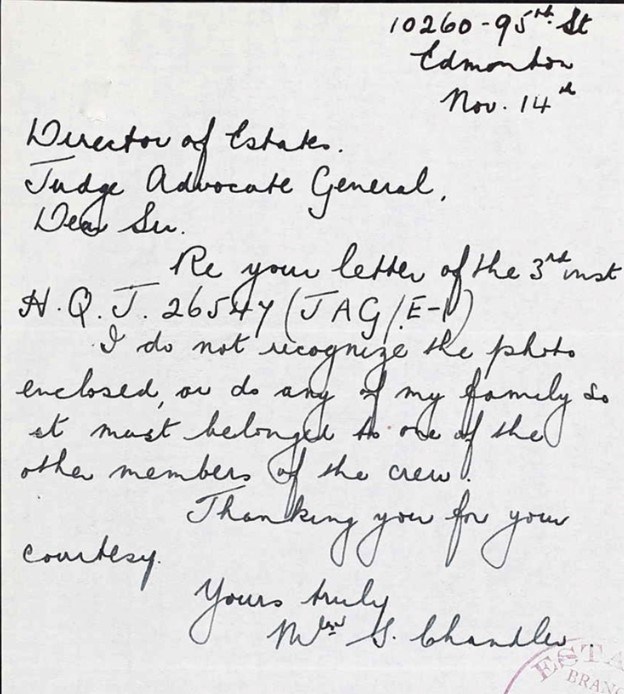In 1950 a small ceremony was held at the Soldier’s Plot of the Regina Cemetery for four RCAF Airmen who were killed on an operational flight in Alaska, in 1943. Interment followed in common grave 10153 in Row 6.
The Airmen were:
- Pilot, Pilot Officer George Charles Marshall, Age 21, son of Joseph Henry and Elizabeth Marshall, of St. Walburg, Saskatchewan.
- Navigator, Flying Officer Alfred James Chandler, Born January 15, 1921, Southey, Saskatchewan and raised in Alberta
- Wireless/Air-Gunner, Warrant Officer 2, Vernon Claude Arnold, born in Abbey, Saskatchewan and raised in Regina. He was the son of James Lloyd and Greta Emma (Stevens) Arnold.
- Wireless/Air-Gunner, Flight Sergeant Henry Chambers, born: March 31, 1923, Winnipeg, Manitoba. He was the son of John and Paraska Chambers of Winnipeg.
The men died together while serving in No. 149 Bomber Reconnaissance (Sea Wolf) Squadron RCAF, flying out of the Alaska Panhandle. Although not all were from Saskatchewan, three had Saskatchewan roots and a common grave in Regina made sense.
Crashed
On Friday, October 26, 1943 Lockheed Ventura Mrk V, 2193, took off from the 149 Squadron Base on Annette Island, Alaska for a routine anti-submarine patrol of the West Coast of B.C. and Alaska. Shortly after takeoff contact with the aircraft was lost.
Circumstance Surrounding the Crash
After the RCAF Ventura went missing a search was undertaken. They found nothing and eventually assumed they crashed at sea and the men were lost.
On August 15, 1948 the wreckage was discovered at Cape Chacon, Prince of Wales Island by fishermen. Some ‘articles’ were recovered in 1948 and the RCAF reviewed the site.
The remains of the four airmen were finally recovered in 1950 and taken to Regina for burial.
In a letter to all the families dated September 23, 1948, following the 1948 discovery of the crash site, the Commander of North West Air Command stated. “The crashed remains covered an unusual large area with the aircraft scraping the tops of trees for a distance of 700 yards from where some of the main parts of the aircraft landed.”
This is in conflict with Aviation-safety.net. Their report agrees, the aircraft, Lockheed Ventura Mk V #2163 crashed at Cape Chacon, Prince of Wales Island.
However, they write; “All 4 crew members survived but were injured in ditching.” This indicated the aircraft ditched close to shore.
They go on to write; “They (the airmen) eventually perished from starvation.”
This seems like a logical explanation.
What is agreed is Lockheed Ventura Mk V #2163 crashed soon after take-off from their base on Annette Island, Alaska, probably as a result of mechanical failure and the human remains were found at Cape Chacon, Prince of Wales Island.
Cape Chacon, Prince of Wales Island
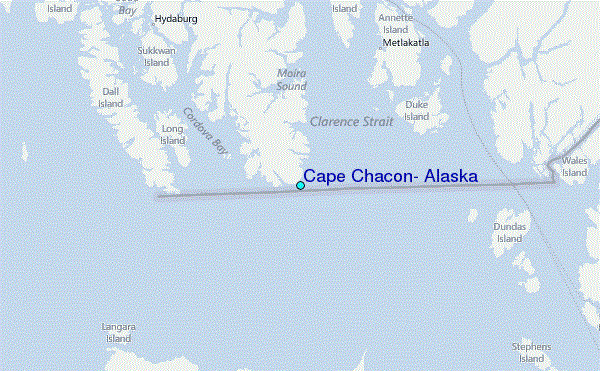
149 Squadron RCAF – Squadron Numbers
The Squadron designation, “149” may seem confusing but RCAF Squadrons in Canada all had the number ‘1’ as a prefix. When they were sent overseas the ‘1’ was used by the RAF so it was replaced by the number’4’. The RCAF was allocated numbers from 400 to 443. and this prefix designation has remained.
The Royal Australian Air Force used number 450 to 467 and the Royal New Zealand Air Force used numbers 485 to 490. Of interest, RAF Squadrons numbered 300 to 352 were used by volunteers from occupied European countries such as Poland.
149 “Sea Wolf” Squadron, RCAF was stationed at Patricia Bay (Victoria) before being re-designated and sent to Alaska. This noted 149 Squadron Patch seems to have been improvised.
In WW 2 the squadron undertook anti-submarine on he West Coast under the authority of the ‘Western Air Command’.
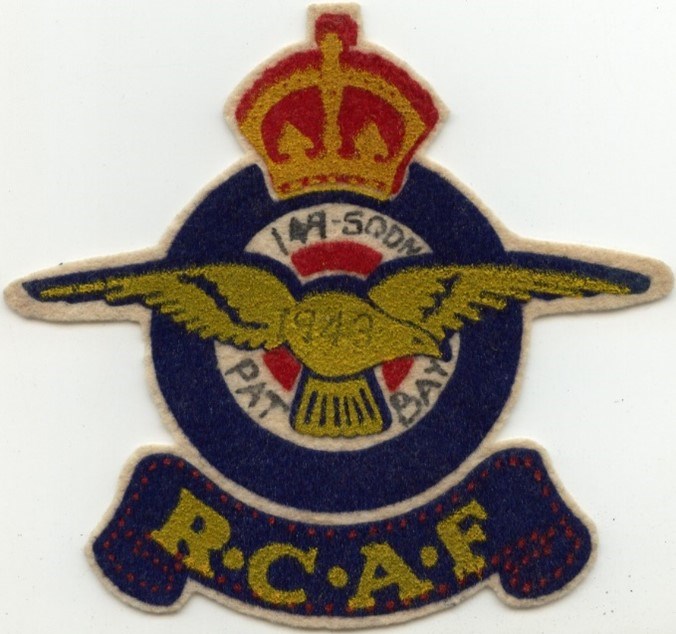
RCAF in Alaska During WW 2
The governments of Canada and the United States anticipated problems in the Pacific. Military Staff ‘Conversations’ were held in Washington from January 29, 1941 to March 27, 1941, well before the US entered WW 2. The result was the “United States-British Commonwealth Joint Basic War Plan”, known as “ABC-1”.
After the attack on Pearl Harbour by the Japanese on December 7, 1941 the ‘Plan’ was upgraded and intensified and became known as “ABC-2”. The war preparations for Canada and the USA on the West Coast were intensified. This included construction of Coastal Defences and the construction of the Alaska Highway that provided a land link from Alaska to the ‘lower 48’.
Annette Island, Alaska and Canadian Military Personnel
Annette Island is a small, wet island about 25 miles from Ketchikan Alaska.
In May 1942 No. 115 RCAF Fighter Squadron was posted to Annette Island. It was a first. Canadian Forces had never been stationed in the United States to defend the United States. The U.S. Secretary of State referred to these Canadians as ‘Distinguished foreign visitors.” The arrangement made it possible for Canadian goods to be sent to Canadians stationed in Alaska without them having to pay Import Taxes. One can assume this meant beer, among other things, shipped from Prince Rupert, B.C. to Annette Island was ‘tax free’.
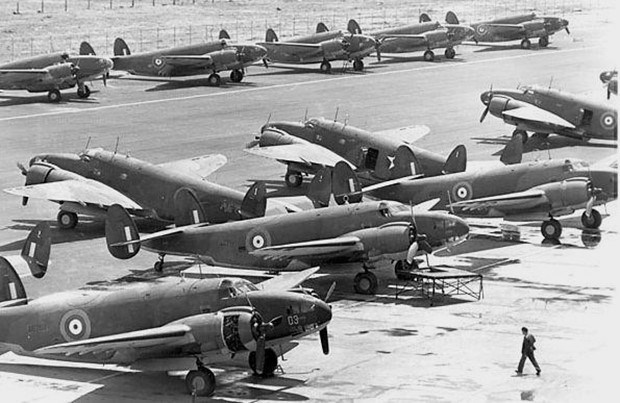
The following are documents and photos related to the four lost airmen.
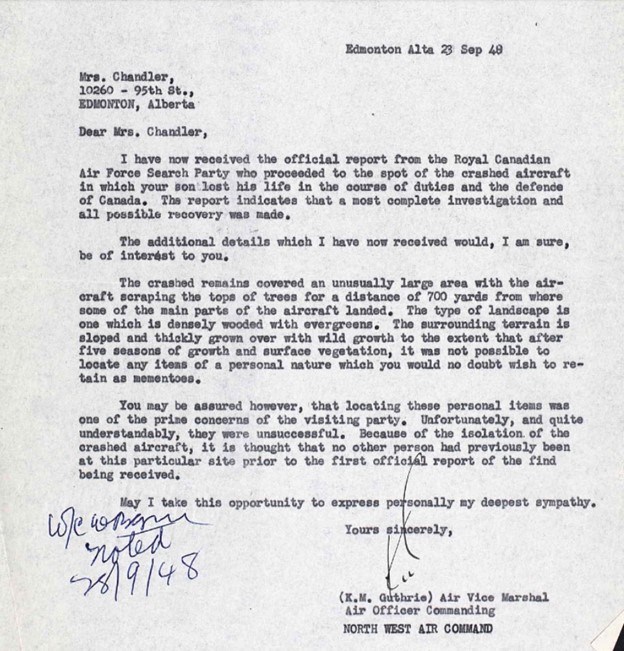
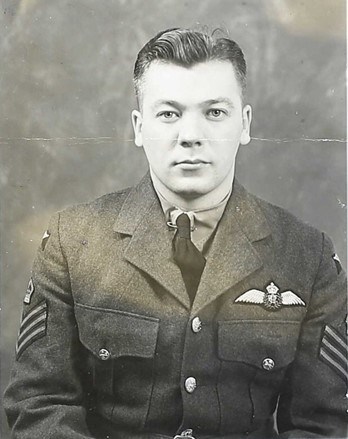
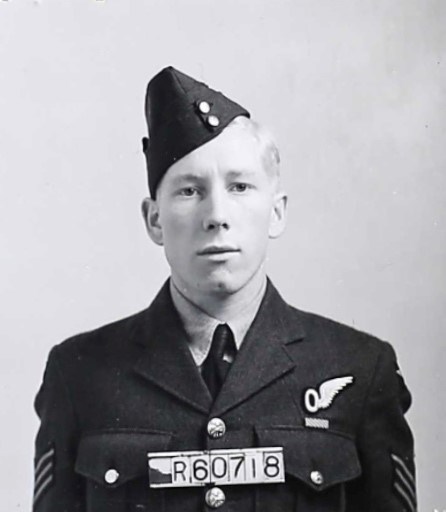
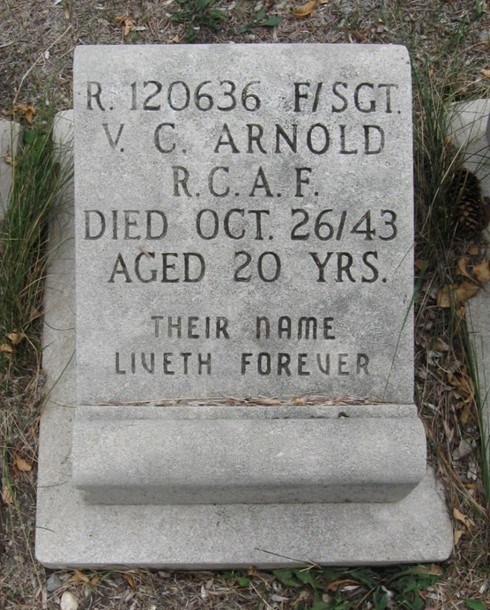
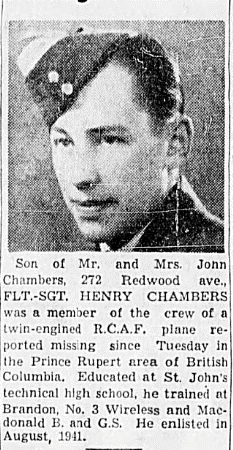
Another Mystery – The Unknown ‘Lady Friend’
Photo recovered in 1948 near the remains of the lost Airmen:
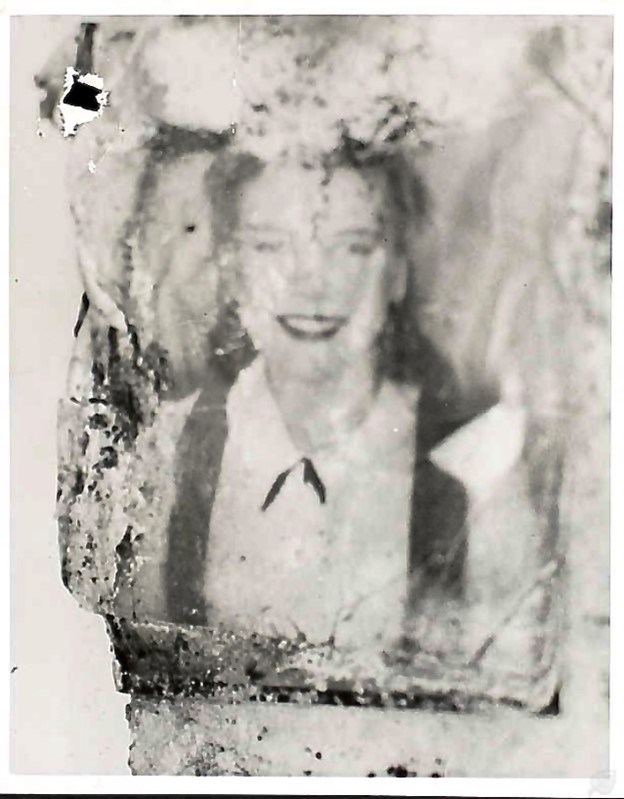
The family’s of each Airman were contacted by letter and asked if they could identify the woman in the photo. None of them could identify her.
If her photo was carried by one of the airmen one can assume it was a girlfriend. Not many young guys carry a photo of their sister.
Somewhere, in the lost history of World War Two – and probably on the West Coast, a forgotten, unnamed woman is remembered – and she never knew it.
Letter to the family:
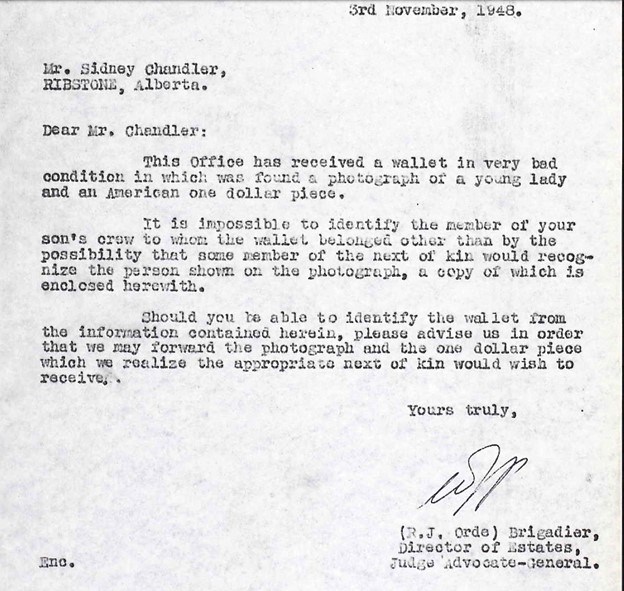
Reply by Mrs. Chandler:
